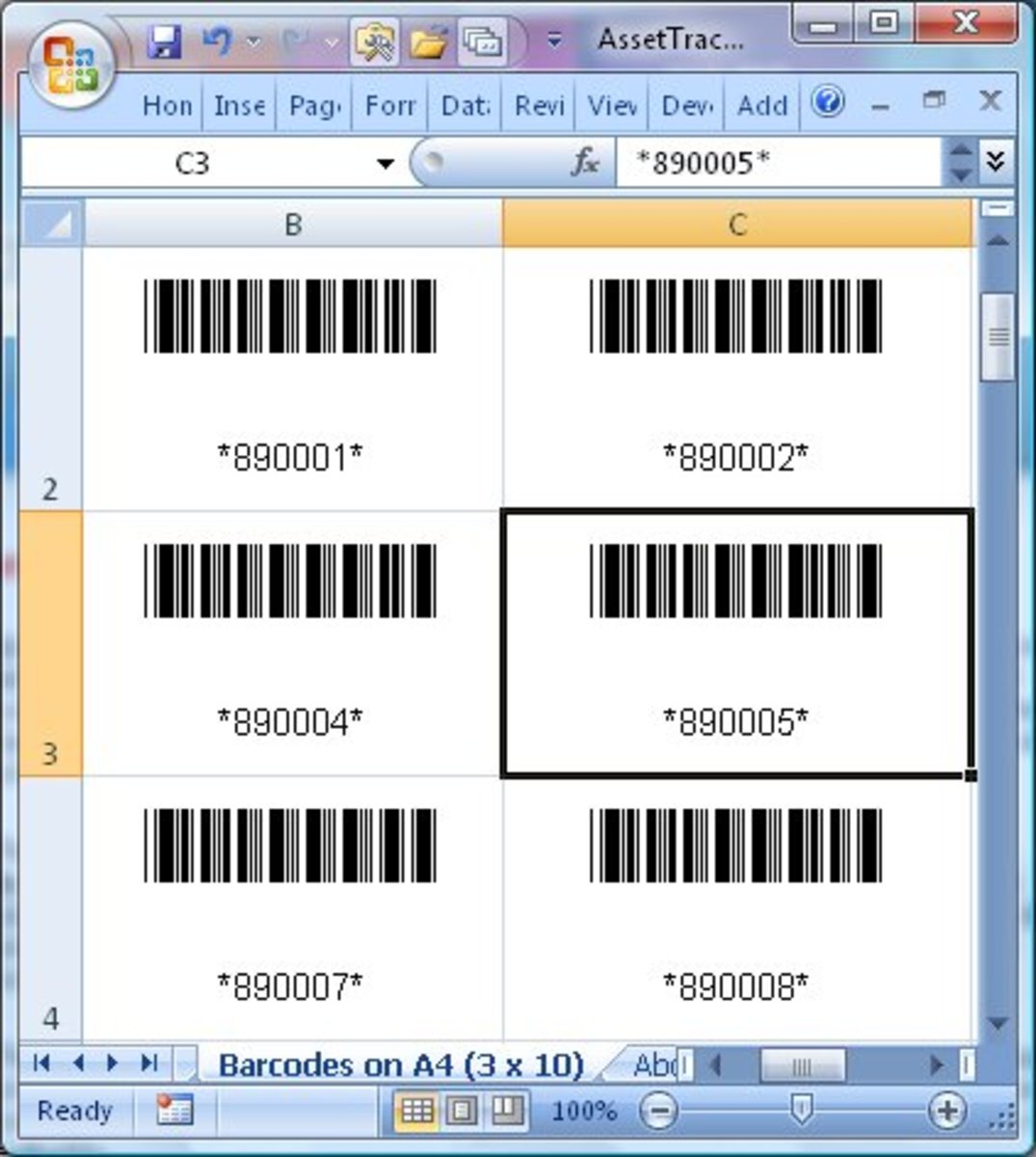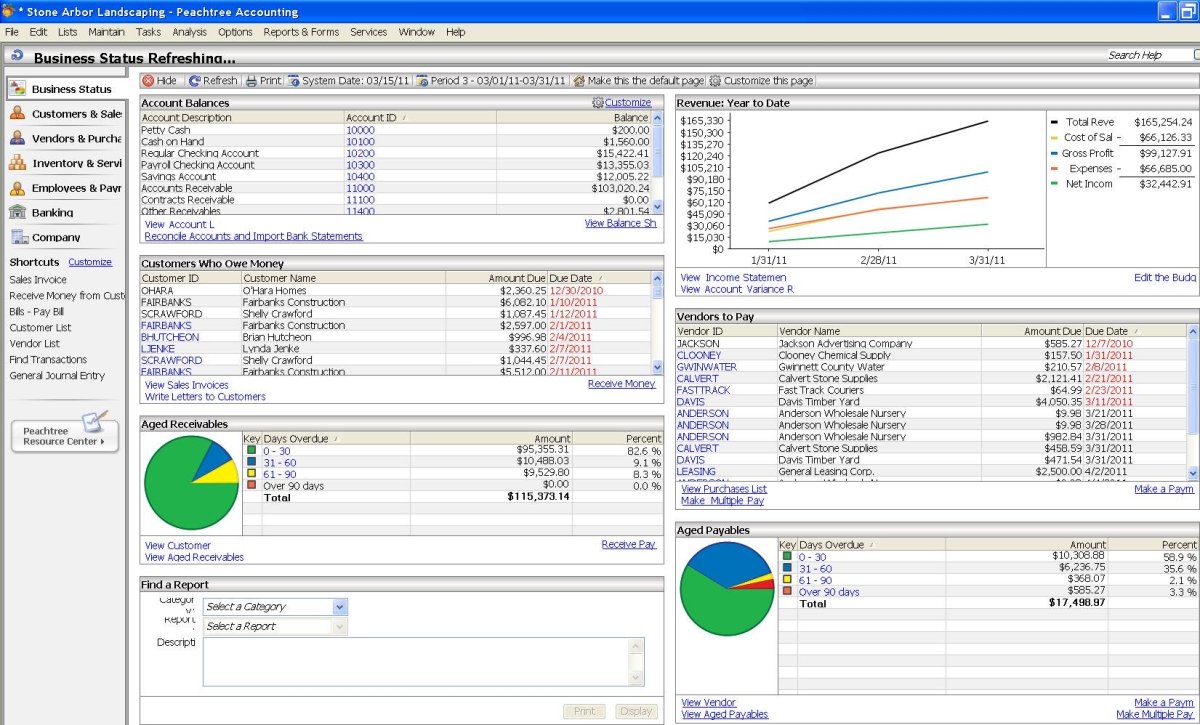Industry Standards for Asset Tracking
What Is Asset Tracking?
Asset tracking involves the tracking of assets like servers, laptops, trucks and machinery. Asset tracking may be passively done, such as using a spreadsheet to track who was assigned which computer or recording their locations via a paper log book. Or asset tracking may be active, such as using RFID systems to track the location of every pallet in a warehouse in real time or tracking the locations of trucks in the fleet via GPS.
There are several goals of asset tracking. One goal is to track inventory real time, both in location and quantity. Another goal of asset tracking is to determine when something leaves an approved chain of ownership, such as tracking the location of an item as it leaves the store with a non-paying customer or noticing when a team leaves the worksite but leaves a generator behind by mistake.
Asset tracking is required by a variety of industry standards and even laws, depending on the item. For example, breast implants and other medical devices must be tracked in case of recall or tracking when they are linked to health problems, and hospitals track many other items of their own accord simply to minimize theft and misplaced items.

Benefits of Asset Tracking
Asset tracking may be necessary to receive lower insurance rates. Businesses that track company cars, construction vehicles, boats, barges and industrial equipment can receive lower business insurance rates.
Asset tracking can be done using Global Positioning Satellite tracking devices, radio transponders, Radio Frequency Identification (RFID) chips or a host of other methods. Once a company agrees to asset tracking to receive lower insurance rates, removing or cheating with the devices can constitute insurance fraud.
Asset tracking can speed up the process of locating misplaced inventory and putting it back on the shelves.
What ISO Standards Apply to Asset Tracking Systems?
ISO 24730 involves the real time location systems used to track assets.
ISO 15693 is the standard for vicinity cards read at three to five feet. These cards can be used in shipping labels or employee badges.
ISO 17364 is the standard for supply chain uses of RFID for returnable transport items. RFID tags used for asset tracking must meet ISO 18000-6.
When is Asset Tracking Legally Required?
Government contracts frequently require asset tracking of materials and equipment paid for by the government. When a company is done building product for the government, they must return all parts and materials that were purchased with contract money.
Subcontractors must use asset tracking to track vehicles, manufacturing equipment, test equipment and validation and verification units supplied by the government. Asset tracking helps maintain separation between the contractor’s equipment and the government’s equipment. Asset tracking speeds up periodic inventory audits and speeds up its return at the end of the contract.
ISO standards can be contractually required by your customers. When the company agrees to meet these standards, they must implement policies and procedures in accordance with these standards.
ISO 9001 standards are voluntary unless contractually agreed to by the manufacturer or service provider. ISO 9001 suggests inventory management. This involves tracking material as it is received, assembled and shipped. However, ISO 9001 does not mandate inventory management. ISO 14000 environmental standards are also voluntary.
ISO 14000 standards require an environmental management system that tracks material used and the volume of waste produced. Asset tracking in this case can apply to pallets of material to ensure that it doesn't expire prior to use as well as making sure that material isn't accidentally discarded.






